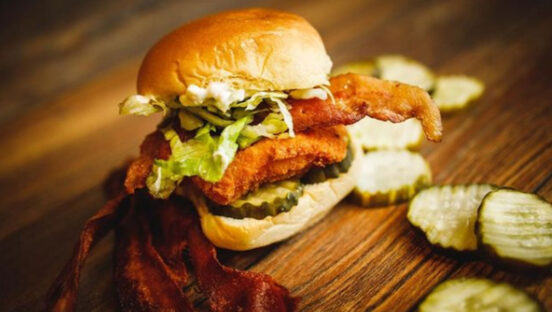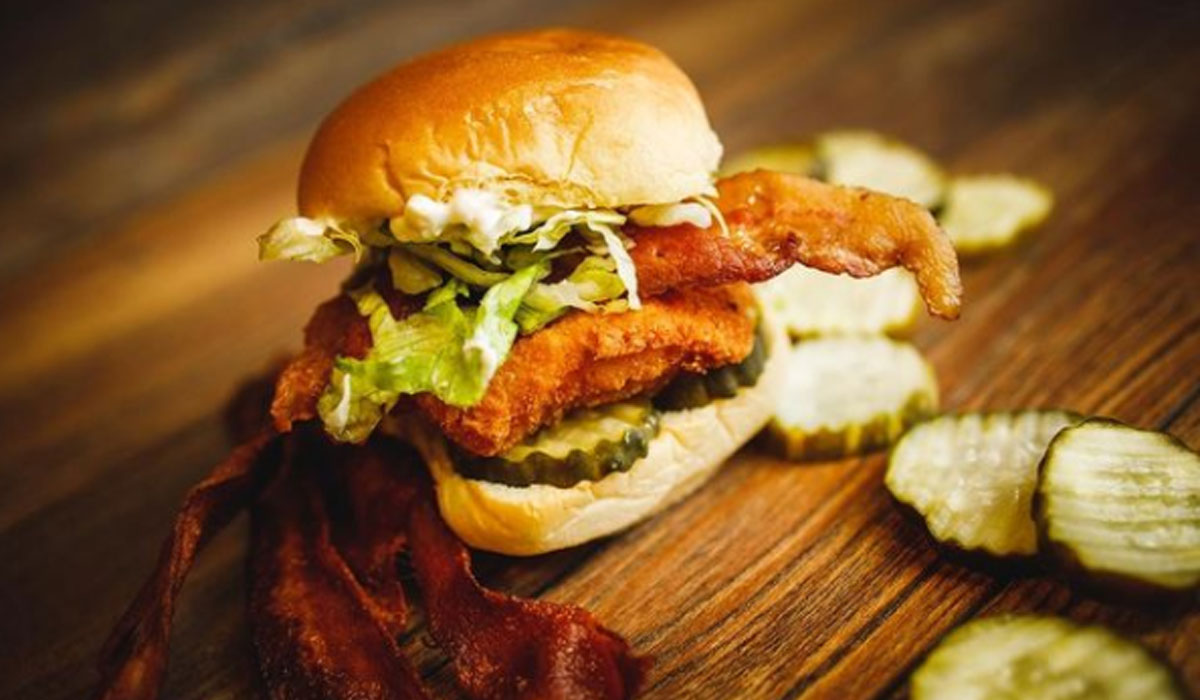Uncertainty defined the restaurant industry during the initial COVID-19 outbreak, but it appears the sandwich category has emerged stronger than ever.
In fact, where the American consumer exists now, Firehouse Subs CEO Don Fox says, is within a “renaissance of sandwiches.”
There is a void in the category stirred by the continued retraction of Subway, which boasted 27,103 U.S. restaurants at the close of 2015 but finished 2020 with 22,190. From this, brands like Firehouse, Jersey Mike’s, and Jimmy John’s, among countless other upstart fast casuals, have clawed for share.
Ultimately, the pandemic allowed customers to rediscover sandwiches in various forms and taste profiles from brands they hadn’t noticed before, Fox says.
READ MORE: Firehouse Subs Ready for Breakout After $1B Burger King Deal
“The major sandwich player being Subway has continued to shrink to a considerable degree,” Fox says. “That just opens the door for more and more trial by the person looking for a sandwich occasion to try some of the alternative and dare I say the better brands that are out there. So in some respects, it’s a bit of a renaissance of sandwiches, and American consumers are discovering that there are some very, very good sandwich options out there.”
Fox says customers moved to comfort foods this past year, and sandwiches fit the bill. The portability also proved the category’s off-premises value during a time when consumers were hesitant to return to in-person dining.
At Firehouse, four-wall dining dropped from 37 to 15 percent of its business. Specifically, digital and delivery orders jumped from roughly 6 percent apiece, respectively, to double that. But the brand was already prepared for an influx of off-premises orders due to the rise in takeout roughly a decade ago, including new packaging to reflect the need for mobility.
Consumers are also leaning toward heartier fare, Fox says. The brisket, steak and cheese and limited-edition pepperoni pizza meatball sub, an indulgent twist on the normal meatball sub, continue to capture a healthy mix of sales at Firehouse.
However, along with some customers drawn back to meaty, comfort food, are those seeking plant-based variety. Turkey and the Wolf, a New Orleans eatery, took advantage. While the restaurant is most famous for its size-of-your-head bologna sandwich and collard green melts, Turkey and the Wolf revitalized its creative fare with the Vegan Chik’n Sandwich, made with Incogmeato Chik’n Tenders.
This is part of the independent restaurant’s efforts to reconnect with local customers, who appreciate staples like burgers in addition to flexitarian or vegetarian options that involve just as much thoughtfulness in design as other menu items. It’s a trend Chef Mason Hereford sees continuing.
“As the world exists, it will get more and more away from relying on meat to fill restaurant menus,” Hereford says. “That’s for sure, so I think that this is just sort of a natural step in the process to start making craveable, interesting, sort of like the center of the plate being this sort of plant based protein. I think this is definitely the direction that dining is headed.”
Independent sandwich brands often faced larger roadblocks during COVID, as was the case with Turkey and the Wolf. Hereford said the pandemic gave restaurant employees time to reassess their worth and what they wanted from a job, and owners had to rethink the way their businesses ran, and if they were sustainable. Minimum wage and tip credit became key debates as experts grappled with drivers of the labor shortage.
Turkey and the Wolf maintained staff throughout the pandemic but occasionally had to close down to keep employees from being overworked. Turkey and the Wolf also had to migrate to digital ordering, something the restaurant never attempted before. Online ordering soon became more than half the restaurant’s sales for an entire calendar.
The sandwich game may have once been seen as inconsequential dining, but Hereford believes casual food is beginning to get as much credit as fine dining. And it’s helping with recruitment.
“We’ve got people here in their 40s,” Hereford says. “This is their job, and they want to work in restaurants forever. Why does that have to be sort of a lesser job than somebody making the same amount of money somewhere else? So I love the idea of professionalizing restaurant work.”
Firehouse Subs continues to meet record sales each week since May 2020 compared with the respective week of the last year, Fox says. Average-unit volume in the U.S. for Firehouse was $740,000 at the end of 2020 and will likely be $900,000 at the end of this year. This type of growth inspired Firehouse to accelerate unit development by 65 restaurants this year.
In the quest to come out ahead of the labor shortage, Firehouse raised hourly wages from $10 to $12 an hour at company restaurants a few months ago. To be competitive on the wage front also required raising prices, however. The typical consumer right now is flush with cash, propped up by the government’s stimulus and unemployment benefits, Fox says, and so they remain consistent in the face of rising prices.
Jersey Mike’s also felt the impact of pandemic-inspired dining habits. Roughly 40 percent of sales are now digital compared to the 15 percent before COVID, and curbside pickup and third-party delivery still draw high numbers of customers. Maintaining efficiency in production demands operators be on top of their games, so Jersey Mike’s created multiple production lines, for in-person and digital orders, at stores.
“We were fortunate enough to have the foresight that we were already in the process of doing that prior to the pandemic,” Jersey Mike’s president Hoyt Jones says. “We were able to mobilize pretty quickly.”
Keeping employees safe and secure when the pandemic hit was vital, too. With what Jones characterizes as a “family culture” at Jersey Mike’s, he’s observed less turnover than in traditional businesses. Several franchisees paid out additional bonuses and stipends to employees.
“[It’s] just encouraging people saying, ‘We’re going to get through this. We’re going to get through it together,’” Jones says. “And we did, and I think customers responded to that. We’ve been rewarded with I would say some very decent sales comp numbers since last March.”
Jersey Mike’s did not slow down in its growth amid the pandemic. The brand even surpassed its goals of opening 200 stores last year and brought 210 new locations to market. It also launched a redesign of stores in 2019 and forged ahead with a $175 million investment to do so.
Jersey Mike’s will continue to make significant investments in technology to enhance the customer experience in ease of ordering and loyalty programs, Jones says.
The pandemic year was also a record run when it came to philanthropy at Firehouse, which crossed the $60 million mark in community grants to provide lifesaving equipment to first responders.
“I think that the work that we do in the community is one of the reasons that customers were so loyal to us during the pandemic as well,” Fox says. “So it’s great through the hardest of times to see that reinforced, for the foundation to be even stronger.”
While Firehouse remains focused on holding onto traffic and continuing to overcome supply chain challenges, it’s not keeping Fox up at night. He is confident that supply and demand will normalize and Firehouse and other sandwich brands are poised to maintain success.
“Having gone through the pandemic and done so with great success, it certainly bolsters your confidence level and degree of optimism,” Fox says. “Because if you can successfully deal with everything that we had to go through at the start of this and especially if you emerge from it stronger, there’s nothing much you don’t think you can tackle.”











